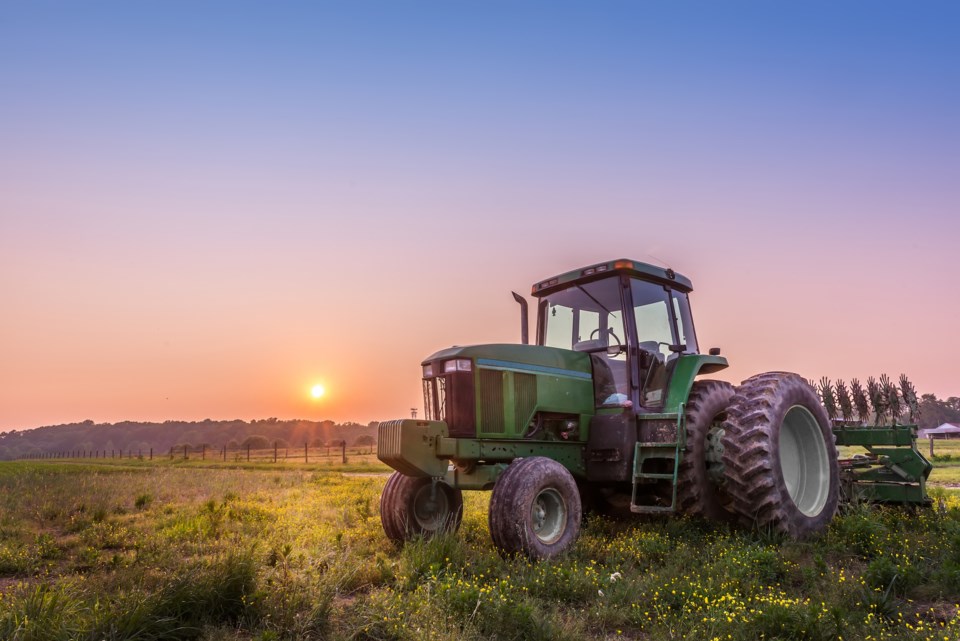Montreal-based non-profit Regeneration Canada is spreading the word about the importance of soil health and “regenerative farming” practices in an evolving world reckoning with climate change.
Canadians may think of themselves as removed from the effects of a changing planet, says Regeneration Canada’s co-director, Antonious Petro, but the signs are already here, especially when it comes to increasing incidences of drought conditions.
Cover crops, crop biodiversity, not disturbing soil, water management, agroforestry and regenerative grazing all are aspects of regenerative farming, but everything begins with increasing and supporting soil fertility.
Focusing on soil and its function empowers farmers to adapt to and mitigate the effects of climate change, says Petro, by keeping carbon in the ground and increasing water retention in land.
“We need to have more plants and vegetation and trees and fertile soil to balance carbon cycle and distribution among carbon pools where it’s stored,” he said.
Ann-Marie Saunders, a Niagara grape grower, practises regenerative farming, and participated in Regeneration Canada’s online Living Soils Symposium, discussing a recently released online map connecting consumers to regenerative farmers.
The family-run Saunders Family Farm and Vineyard began moving toward organic farming practices after Ivy Saunders, Ann-Marie’s late mother, developed Parkinson’s disease, which later claimed her life in 2015. Ivy had handled much of the pesticide-covered fruit grown on the farm since the 1960s.
In moving toward a more natural way of farming, the family learned more about nature, plants and soil and how everything interconnects.
Dirt, Saunders says, is not just an anchor for plants. “There’s life in the soil.”
At the 11-acre Beamsville vineyard, the ground between rows of Chardonnay, Pinot noir, Cabernet Franc, and Riesling grapes, is covered with living plants (as opposed to leaving soil bare and exposed) using perennial cover crops native to the area.
The vegetation reduces erosion and keeps soil cooler and damper during drought conditions.
Much of regenerative farming is about getting out of the way of nature and letting it thrive.
Saunders admits there’s a learning curve, and said farmers, whose wallets are hit first when it comes to implementing changes, may be reluctant to adjust, but she says the benefits are seen in the long term.
“As a farmer, if your system is working or doing much better along a cycle and really more self-supporting, its less stress for you,” she said, pointing out there’s less time spent worrying about inputs and labour.
“You’re not having to take on extra things that the soil may already be working at doing.”
Since launching two weeks ago, Regeneration Canada has received a “tremendous amount” of interest in their map, Petro said, which will also serve to connect farmers with other farmers interested in regenerative farming practices in their area. There are presently two Niagara farms on the map: Saunders Family Farm and Vineyard and Southbrook Vineyards.
For more information and to access resources on regenerative farming, visit: regenerationcanada.org.
- Jordan Snobelen, Niagara This Week, Local Journalism Initiative



